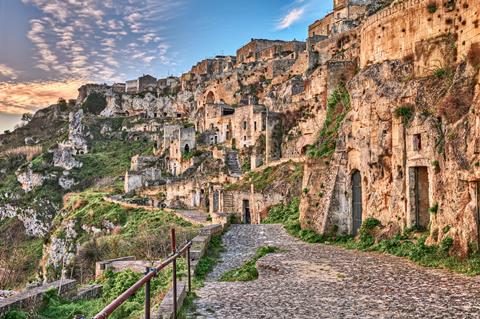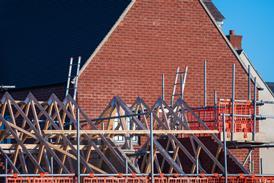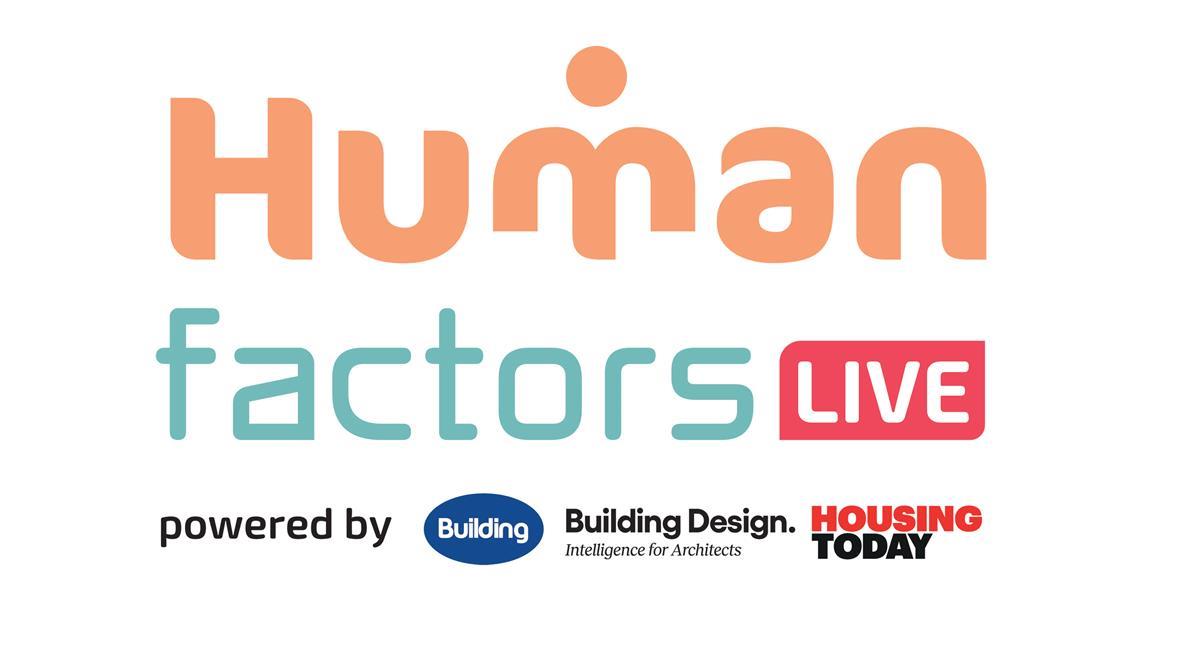Elisa Sartori explores how low-carbon solutions are often as much about what we leave out as what we choose to specify

Fitting out our new office felt like a fresh start and a chance to pursue genuinely low-carbon solutions. One option we considered was specifying cardboard ducts as part of the new mechanical ventilation with heat recovery (MVHR) system. It seemed like a brilliant idea: lightweight, recyclable, and above all, low-carbon.
We planned to test it ourselves, push the boundaries: would it generate higher pressure drops? More noise and extra maintenance? How would it handle fire safety? And what about long-term durability?
Unfortunately, like many “green” products, it turned out to be more concept than reality. Some websites advertise cardboard ductwork, but no one could supply it.
Similarly, you may have heard of a test air handling unit made from wood – a beautiful prototype, a thought-provoking experiment, but not a real-world product. Biocomposite system casings, natural fibre enclosures – there are some genuinely exciting materials under research, but they hit a barrier: regulations, fire safety standards, durability, supply chain. For now, most are out of reach.
This approach illustrates the obvious response to the wider problem. We’re all pushing hard to reduce operational carbon in buildings, and rightly so. But in doing that, we’re often installing large, complex systems with a lot of embodied carbon baked in.
That’s the contradiction: the kit used to cut energy can carry a high upfront carbon cost. It’s tempting to respond by focusing solely on lower-embodied-carbon alternatives in building services, but that’s only part of the picture.
The Sassi di Matera in southern Italy used thick stone walls and buried rooms to regulate temperature during hot summers and cold winters
We should keep asking ourselves: is this system necessary? Is there a simpler way to meet the performance target? What’s the best design option?
That’s where life cycle assessments (LCA) come in. It’s not just a tick-box exercise, it’s a mindset. Every project is different, and an LCA helps us stay analytical and challenge assumptions. It encourages us to think beyond materials and rethink the design as a whole.
When we design a very tight and insulated space, we might achieve fantastic results in low heating demands, but what about the embodied carbon of the insulation itself, or the cooling requirements? That calls for an optimal balance between embodied and operational carbon.
LCA often shows the best solution isn’t the highest fabric performance or a fancy new low-carbon material, but using less in the first place. That could mean embracing passive design as appropriate for the project: thermal mass to reduce mechanical cooling loads, natural and passive ventilation, exposed structure, avoiding finishes that serve no functional purpose.
It also means better coordination across disciplines. Early design-stage conversations between architects, engineers and sustainability consultants can lead to smaller risers, tighter duct routes, fewer layers, and ultimately fewer materials. Clever plant room location, layout and distribution routes can eliminate metres of ductwork and pipework, and can significantly reduce pump loads and equipment size. It’s about integration, not addition.
We should stay curious. Keep researching. Keep experimenting. But also stay critical. Not every flashy new idea is going to work, nor is every simple idea outdated!

And we can look back to move forward. Ancient architecture has a lot to teach us. The Sassi di Matera in southern Italy used thick stone walls and buried rooms to regulate temperature during hot summers and cold winters, with no mechanical systems. Bedouin tents balanced insulation and ventilation using light fabric and smart orientation.
Nature offers lessons too: termite mounds self-regulate internal climate through networks of passive ventilation shafts. These strategies aren’t just poetic, they’re practical. They offer time-tested principles we can mirror in modern design.
Reducing embodied carbon in building services isn’t about waiting for the next miracle material. It’s about designing differently, more critically, more consciously and more collaboratively.
Let’s keep questioning whether we need that extra fan, duct or finish. Let’s share lessons learned. Because the best way to reduce carbon isn’t just to use better materials. It’s to use fewer materials, in smarter ways.
And if you’re wondering what duct we installed for our new office MVHR, the answer is none. We took a step back, looked at what we actually needed, and realised we could do without. No extra kit, no extra carbon. This time, again, the best design decision was to do less.
>> Also read: If architects want to lead the housing debate, they must relearn the vernacular
>> Also read: How architects can help shape the next era of housing
Postscript
Elisa Sartori is an associate director at Webb Yates
















1 Readers' comment